The Love of Writing Came From Love of Reading
This post may contain affiliate links.
by Riley Carney, author and literacy advocate. Read more about Riley after the post or on her website.
Encouraging Your Child To Write
Because I’m a teenager, a published author, and the founder and director of a nonprofit for children’s literacy, adults often ask me what they can do to get their kids to write. My childhood had an enormous impact on my love of writing so that’s an easy question for me to answer.
The love of writing comes from the love of reading. From the moment I was born (and before) my mom would read to me. We read together three to five times a day; I felt safe and happy, and that created extremely positive feelings about reading.
The best way for parents to encourage kids to read is to give them books that they actually enjoy reading. Parents should spend time with their kids at libraries and bookstores to find genres and authors that tweak their kids’ imaginations and make them excited about reading.
Often teachers and parents try to make kids read books that they think are good for them, but kids are frequently bored by those books and reading becomes a chore. For example, if you were a twelve-year-old boy, would you rather read the Percy Jackson series and the Harry Potter series, or would you rather read Pride and Prejudice?
That’s not to say that there’s not a place for the classics, especially in school, but pleasure reading should be gratifying. I’ve listed some authors and books below for various ages that are appealing to kids and are loaded with imagination, whimsy, and adventure. Your child may have other interests, but a little digging on your part should uncover a wealth of books to fit every child’s taste.
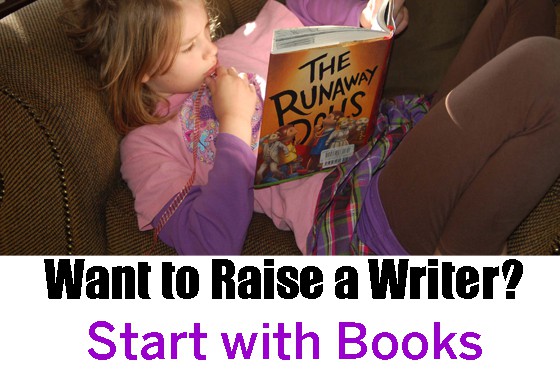
Reading is a significant trigger for a children’s and teen’s imaginations. If they read enough, they will eventually feel the urge to put their imaginary worlds onto the page, and they will begin to write. In addition to reading, there are other things a parent can do to trigger a child’s imagination:
- Play imaginary games and dress-up with your children. Even if you don’t feel comfortable participating yourself, be sure to have a box or closet full of old clothes and accessories. I had many stuffed animals when I was younger (okay, I still have themJ) and I used to make up very elaborate stories with them. We would have such grand adventures that it would take weeks for the animals to get from one side of my bedroom to the other side.
- Sit down together and make up an impromptu story together. You can begin by saying a sentence or two and then let your child finish the sentence and add another sentence. Going back and forth like this creates a fun, exciting story and nobody knows what will happen next!
- People watch together. Ask your child what he/she thinks the man with the plaid pants on standing three people ahead of you in line might have had for breakfast, why he picked those pants, why he keeps looking at his watch, and what is he late for? Your child can quickly begin to create a whole imaginary world involving him.
- Good movies are a wonderful way to trigger a child’s imagination. Movies like Toy Story and Bug’s Life for younger kids and Star Wars for older kids are a great example of how a little imagination can create whole new worlds. My older brother and I played imaginary Star Wars games frequently!
- Help your child build forts out of blankets and chairs or boxes and let them take a snack and some of their prized possessions in there with them. Before long, your child will be on an adventure, on a boat running from pirates, or a train snaking up a mountain peak, or hiding from an alien creature who wants to take them to Pluto.
- Have colored and plain construction paper, crayons, markers, scissors, glue, cardboard, Playdough, and packing tape on hand and easily accessible so that your child can draw, build, or mold their imaginary worlds, or at the very least, trigger the thoughts that might eventually become a story.
- Give your kids a really cool notebook/journal as a present but don’t tell them that they have to write in it, just let them use it for whatever they want to use it for. You’ll be surprised by what happens!
Reading Favorites For Children, Tweens, and Teens
For younger readers:
Anything by: Roald Dahl, Jerry Spinnelli, Louis Sachar, Kate DiCamillo, Beverly Cleary, Frances Hodges Burnett, Avi, and Lloyd Alexander.
Captain Underpants Books, The Magic Tree House Books, Diary of a Wimpy Kid books
For older readers:
The Harry Potter series by JK Rowling
The Percy Jackson series by Rick Riordan
The Artemis Fowl series by Eoin Colfer
The Mysterious Benedict Society series by Trenton Lee Stewart
The Merlin series by TA Barron
The Maximum Ride series by James Patterson
The Ranger’s Apprentice series by John Flanagan
The Redwall books by Brian Jacques
The Keys to the Kingdom series by Garth Nix
His Dark Materials series by Phillip Pullman
The Giver by Lois Lowry
The Pendragon series by DJ MacHale
The Heir series by Cinda Williams Chima
The Narnia Chronicles by CS Lewis
The Leven Thumps series by Obert Skye
Ender’s Game by Orson Scott Card
The Hunger Games and Catching Fire by Suzanne Collins
Thanks so much to Riley Carney, the teenage author of The Reign of Elements YA Fantasy series and guest blogger on Imagination Soup today. Riley founded a non-profit called Breaking the Chain with the goal of eliminating illiteracy for children. Currently, she is focusing on a new program called Bookin’ It, which buys books for classrooms in underfunded and/or low-literacy schools in the United States.

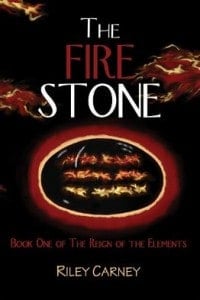
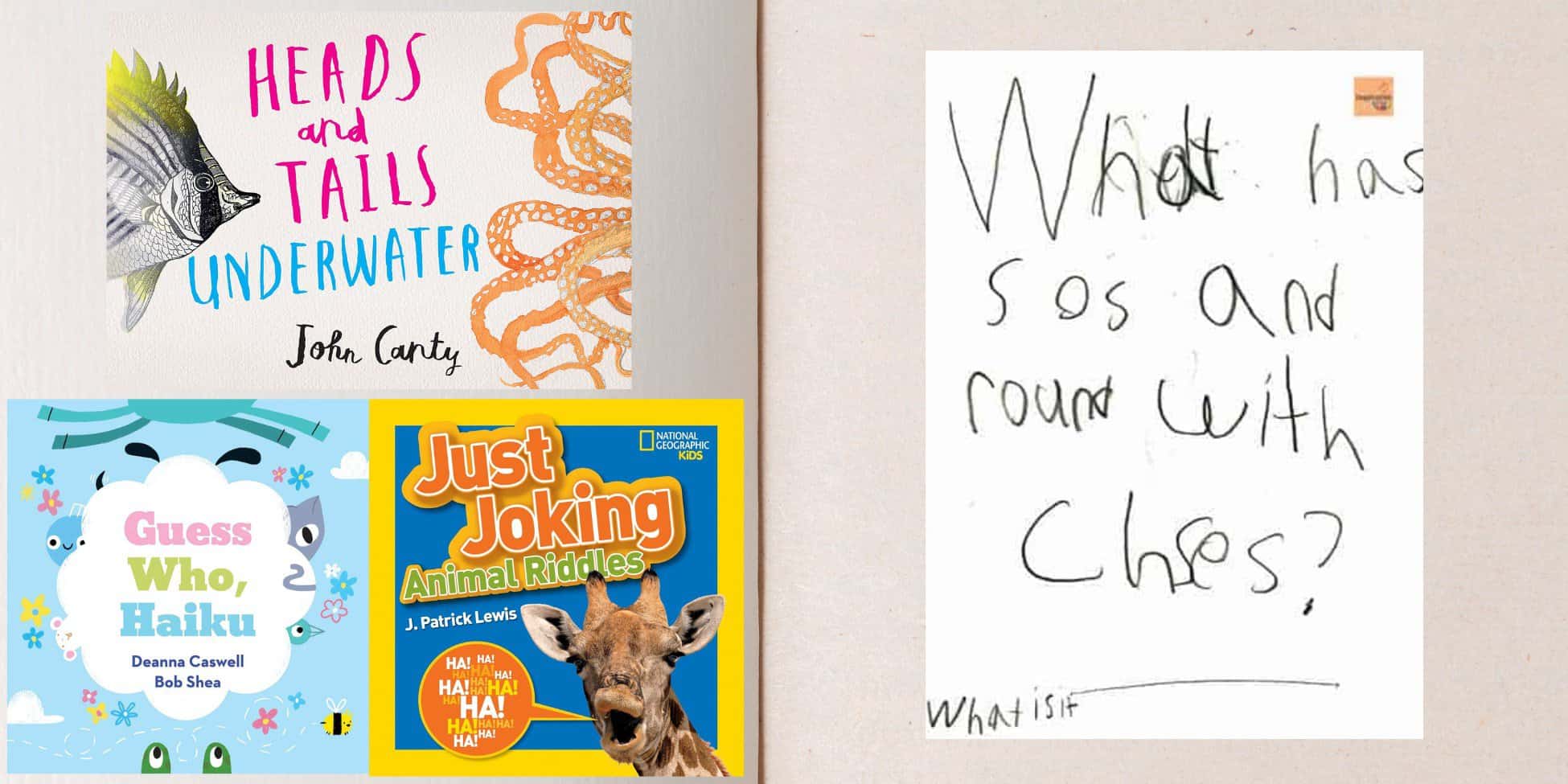
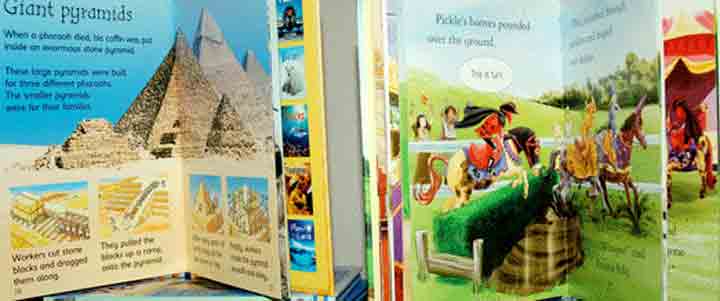

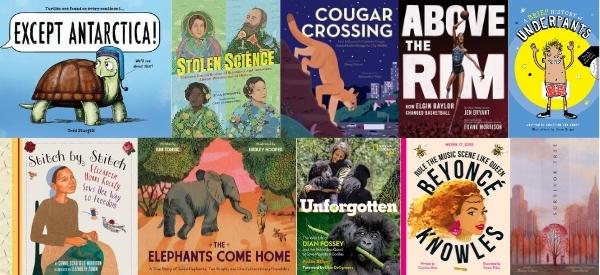

Awesome post, and I’m not surprised. Riley is wise beyond her years. We did all those things when my college kid was little and oh what fun! When you’re too tired to read “just one more” book at bedtime, turn off the lights and snuggle up, and make up a story in the dark. (Parent starts–kid adds–and you take turns. Some nights try reversing the order.) Group stories make car trips fly by too. On rainy days, when you need to wiggle a little more, act out the story as you make it up. (Great way to use the box of dress-up clothes Riley talked about.) Most of all–have fun with words–and one another!
Great post Riley! I will certainly pass it along. Great points, especially the one about letting the kids read what interests them. I think the same tactic applies to writing (or anything else for that matter!)….if kids are supported and encouraged to follow their own passions and interests (as opposed to being TOLD what to do), it opens up a whole new world! Just look at you as an example…you’re following your passions and making a great difference!
Thank you so much, Olugbemisola! Thank you for all you do to promote literacy and to encourage kids to read and write! I appreciate you! 🙂
Riley – wow! Congratulations on your accomplishments. You have written a great guide here, and I couldn’t agree more with your tips. In my work, I have the opportunity and blessing to encourage kids to dream their dreams big (and believe that they can be).
Your book list is also teriffic – thanks!
~ Renata Bowers
Thank you, Riley! Fantastic post, and I’m not surprised. 🙂 I second *all* of the wonderful tips, especially the people-watching, and the blank, free-to-do-whatever gift notebook. I’m definitely going to share this with some parent groups.